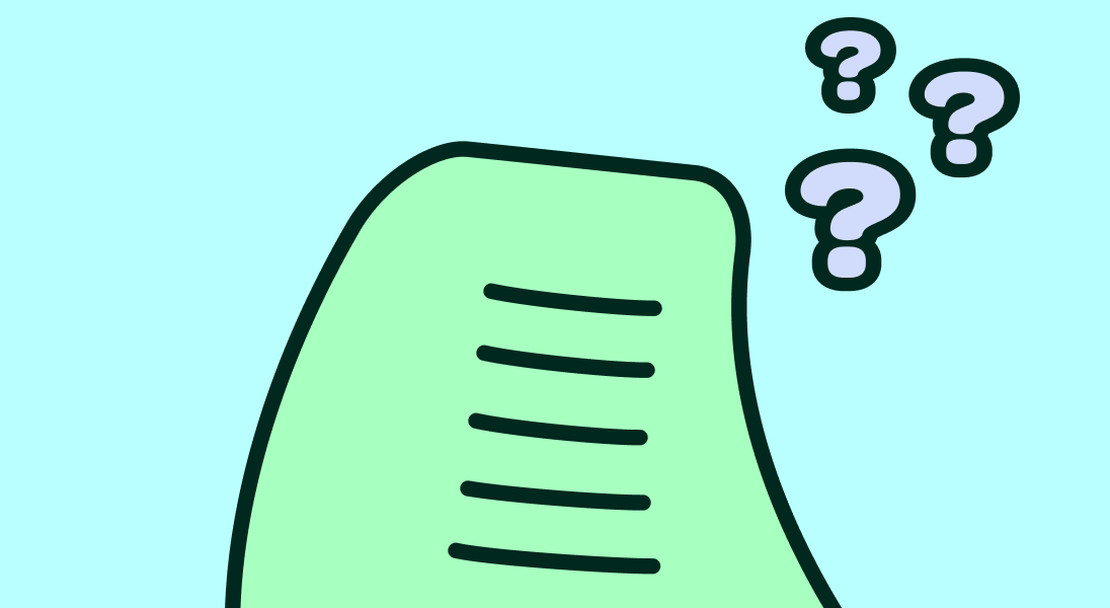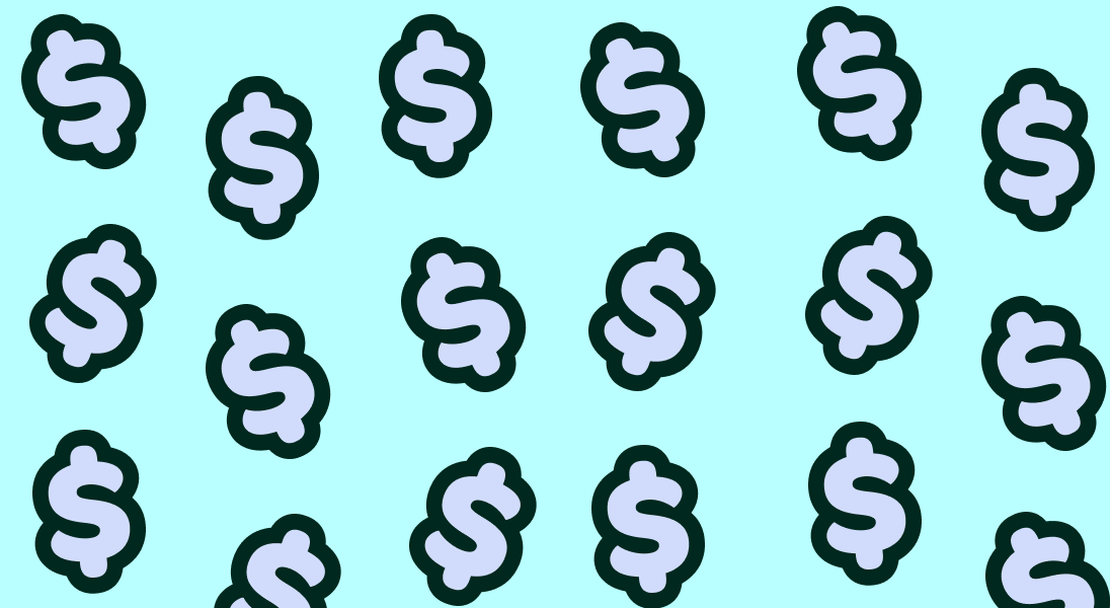
Why Wishlists Help You Buy Less
-
Beatriz Macuco
- December 7, 2024
Table of Contents
What Is the Purpose of a Wishlist?
Picture this: You’re curled up on the couch, scrolling through your favorite online store. You spot the perfect pair of headphones—sleek, stylish, and calling your name. Your first instinct might be to buy them, but what if, instead, you added them to your wishlist and gave yourself a little breathing room?
Now, you might be wondering what the true purpose of a wishlist really is. According to a recent study, published on SSRN named Do Wish Lists Work? , using wishlists can actually make you more thoughtful about what you buy—often resulting in fewer impulse purchases. Simply put, wishlists can help transform those spur-of-the-moment “gotta have it” feelings into more measured, intentional spending decisions.
How might making a wish list help you control your spending?
A wishlist is a simple yet powerful tool that allows you to gather items you’re interested in buying—all in one place. Instead of rushing into a purchase, you can return to your wishlist later and see if you still feel the same way. By doing this, you create an environment that encourages mindful shopping and helps you cut down on unnecessary purchases. Here are a few reasons why wishlists help you buy less:
1. Giving yourself time to reflect
Think of your wishlist as a gentle “pause” button. Instead of instantly caving to that “Add to Cart” urge, you give yourself time to reflect. This waiting period helps break the impulse that often leads to accumulating stuff you don’t need. If you’ve ever wondered, “Why do I keep buying things I don’t need? ” it might be because you never pause to question whether you truly need them. By taking a step back and using a wishlist, you’ll find it easier to avoid impulse purchases and cut down on unnecessary expenses. After a few days, you might realize those pricey headphones or trendy clothes aren’t must-haves after all.
2. Seeing the Bigger Picture
When you regularly add items to your wishlist, you begin to recognize patterns in your behavior. Maybe you’re attracted to the latest gadgets that don’t truly fit your lifestyle or designer clothes that look great on models but don’t align with your own needs. Over time, wishlists help you engage in more intentional spending—you’ll buy fewer items and choose only those that genuinely improve your life, ultimately helping you save money on shopping and stay focused on your long-term goals.
3. Weighing the Pros and Cons of a Purchase
One of the most valuable aspects of using a wishlist is the opportunity to weigh the pros and cons of a potential purchase. Rather than snapping up an item during a surge of excitement, you get to revisit it later with a clearer head. Does it genuinely serve a purpose in your life, or is it just another passing trend? Is the quality worth the price tag? By taking the time to consider these questions, you’re far more likely to walk away with purchases you’ll actually appreciate and enjoy—not ones you’ll regret.
4. Gaining Clarity on Your Spending
Wishlists also provide a clear view of the total cost of the items you want to buy. Seeing the cumulative amount can prompt you to reassess your choices, ensuring you truly need everything on your list. It might even highlight that one item is disproportionately expensive compared to its actual benefits, helping you make more balanced decisions. By visualizing your potential spending, a wishlist encourages smarter prioritization and keeps unnecessary expenses in check.
Other Advantages of Using a Wishlist Before Buying
Using a wishlist before making a purchase isn’t just about saving money—it’s a tool that empowers smarter, more intentional decisions. Here are a few additional benefits of using wishlists:
Building a Barrier Against Buyer’s Remorse
We’ve all felt that sinking feeling after making a purchase we regret. By using a wishlist, you give yourself the opportunity to avoid that regret before it happens. This simple step helps you distinguish between a fleeting craving and a well-thought-out desire. If, after waiting, you still want the product—great! But if not, congratulations on avoiding an unnecessary expense. Instead of regretting a hastily bought item, you can explore other options, like borrowing something similar, finding a secondhand version, or realizing you never really needed it in the first place.
Enjoying the Art of Delayed Gratification
A key benefit of using a shopping wishlist is rediscovering the joy of anticipation. In a world where instant gratification is always within reach, we’ve grown so used to immediate rewards that we’ve lost touch with the unique satisfaction of waiting for something truly meaningful. By pausing before making a purchase, you replace fleeting gratification—which often fades quickly—with the lasting appreciation of delayed gratification. This study on the role of delayed gratification reveals that it indirectly enhances life satisfaction by fostering healthier choices. Applying this concept to shopping helps you make more intentional decisions while contributing to your overall well-being.
How the Willow Wishlist Tool Helps Reduce Impulse Buying
Ready to put these tips into action and truly embrace mindful shopping? Instead of hitting “Buy Now” as soon as something catches your eye, add it to your wishlist and set a reminder date. With Willow , you can organize your potential purchases, revisit them later from a more level-headed perspective, weigh the pros and cons, and discover ways to buy less and save money. Willow’s features make it simpler to see the big picture, engage in intentional spending, and enjoy the art of delayed gratification.
In a world where instant gratification is the norm, using a wishlist is a small but powerful step toward more intentional living. It’s not just about saving money—it’s about rethinking your relationship with shopping and prioritizing what truly matters. Whether it’s avoiding buyer’s remorse, savoring the joy of delayed gratification, or gaining clarity on your spending habits, a wishlist helps you make smarter, more satisfying decisions. So the next time you feel that “gotta have it” urge, pause, reflect, and add it to your wishlist—you might just find that waiting is the most rewarding choice of all.


